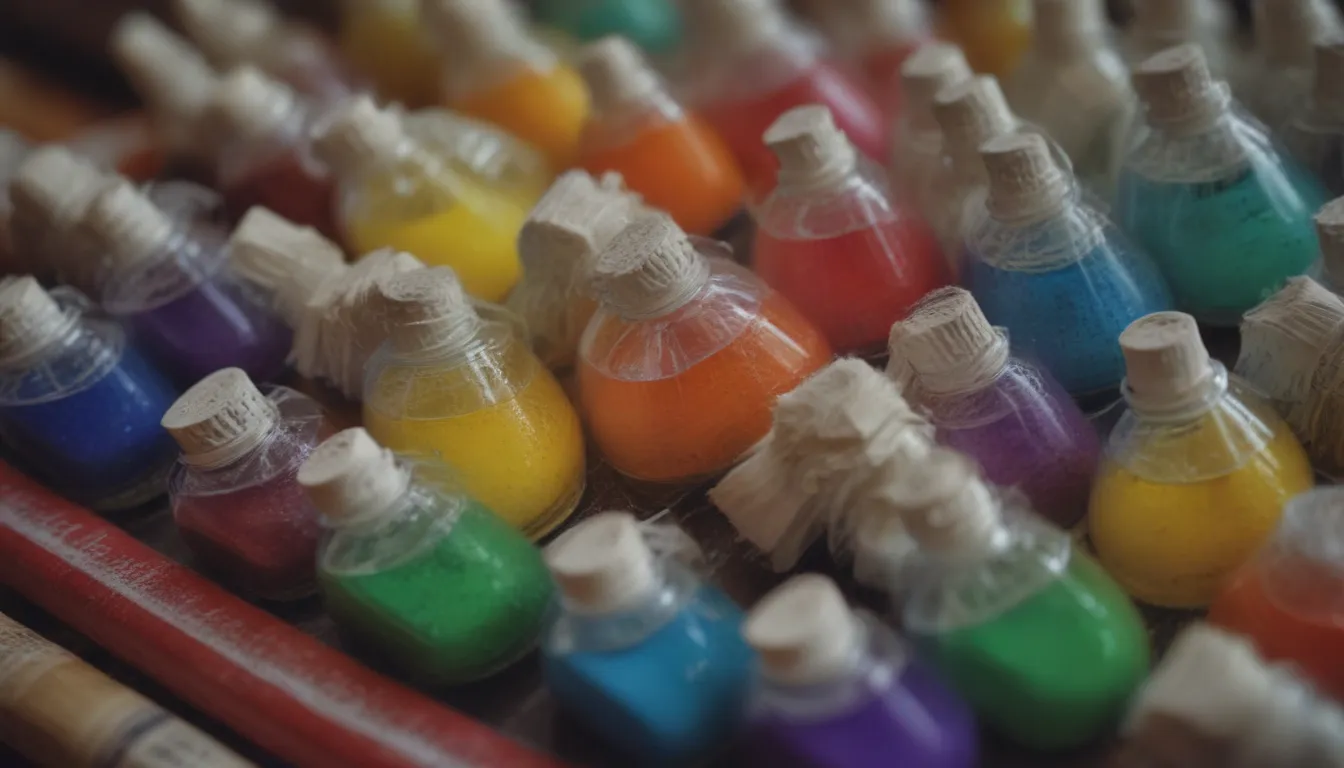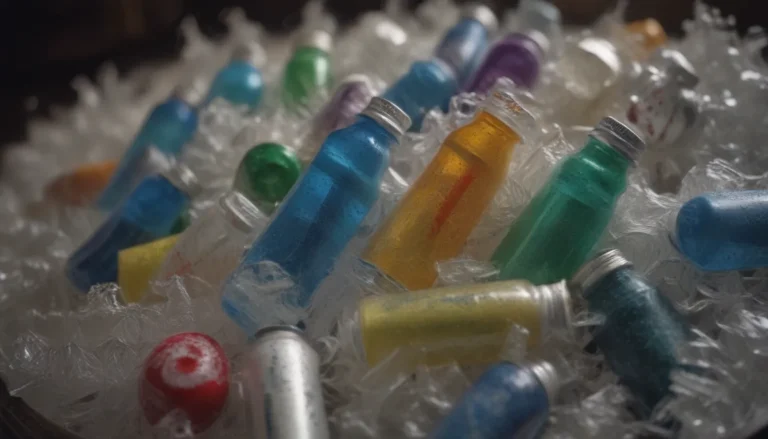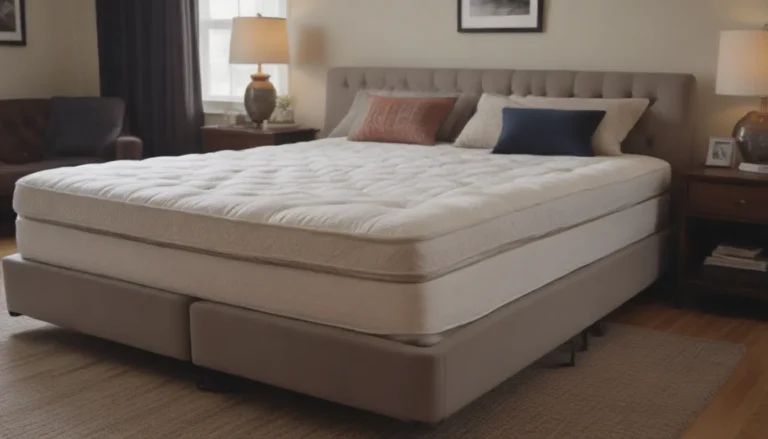Understanding the pH Levels of Common Cleaning Supplies

Have you ever wondered why certain cleaning products work better on certain stains? The answer lies in the pH level of the cleaner. pH is a measurement that tells us how acidic or alkaline a substance is. Understanding the pH of your cleaning supplies can help you choose the right product for the job and ensure that you are cleaning effectively and safely.
What Does pH Level Mean?
When we talk about pH, we refer to a scale that ranges from 0 to 14. A pH of 7 is considered neutral, meaning it is neither acidic nor alkaline. Anything below 7 is acidic, and anything above 7 is alkaline (or basic). Knowing the pH level of a cleaning product can help you determine its effectiveness on different types of stains and surfaces.
Why Does pH Matter in Cleaning Products?
The pH of a cleaning product plays a crucial role in how well it can clean certain stains and surfaces. For example, alkaline (high pH) cleaners like bleach are excellent at cutting through organic stains like dirt, grease, and proteins. On the other hand, acidic cleaners are better suited for removing alkaline stains such as mineral deposits and rust.
When choosing a cleaner, consider the type of stain you need to remove and the surface you are cleaning. Using the wrong pH cleaner on a surface can damage it and may not effectively remove the stain. Understanding the pH levels of common cleaning supplies can help you make informed decisions about which products to use.
pH Levels of Common Household Cleaning Supplies
Let’s take a closer look at the pH levels of some common household cleaning supplies:
- Chlorine Bleach (pH 11-13): Chlorine bleach is highly alkaline and effective at whitening clothes and removing stains. However, it can be corrosive and should be used with caution, especially on certain surfaces like wood and metals.
- Ammonia (pH 11-12): Ammonia is another alkaline substance that is great at cutting through tough grime and dirt. It should not be mixed with other cleaners and should be used in a well-ventilated area.
- Oven Cleaner (pH 11-13): Oven cleaners are highly alkaline and can remove tough grease and grime from ovens. Use with caution and proper ventilation.
- Tub and Tile Cleaner (pH 11-13): Tub and tile cleaners are also alkaline and effective at removing dirt and grime. However, they can be corrosive and should be used carefully.
- Window and Glass Cleaner (pH 3-10): The pH of window and glass cleaners can vary depending on the ingredients. Some glass cleaners are acidic, while others are alkaline.
- Borax (pH 10): Borax is an alkaline substance that is effective at breaking down oils and organic dirt. It is less corrosive than bleach and ammonia.
- Baking Soda (pH 8-9): Baking soda is a mildly alkaline substance that can help power through grease and dirt without being corrosive.
- Mild Dish Soap (pH 7-10): Mild dish soap is neutral and gentle enough for daily cleaning. Some dish soaps are more alkaline and better at cutting through grease.
- Stone Cleaner (pH 7-10): Most stone cleaners are neutral in pH to prevent damage to the stone surfaces. Some cleaners may have a higher pH, so be cautious when using them.
- Hydrogen Peroxide (pH 3-6): Hydrogen peroxide is acidic and used as an oxidizer, bleaching agent, and antiseptic. The pH may vary based on concentration and production.
- Vinegar (pH 3): Vinegar is acidic and effective at removing mineral deposits but can damage certain surfaces like stone and metal.
- Lemon Juice (pH 3): Lemon juice is also acidic and can be used for cleaning, but be cautious with it on sensitive surfaces.
As you can see, understanding the pH of your cleaning supplies is essential for effective cleaning and maintaining the integrity of your surfaces. By using the right cleaner for the job, you can ensure that your cleaning efforts are successful and safe.
Remember, always read and follow the instructions on the cleaning product label, use proper ventilation when needed, and wear gloves to protect your skin. Mixing different cleaning supplies, especially ones with opposing pH levels, can create harmful gases and should be avoided at all costs.
Cleaning can be a daunting task, but armed with knowledge about the pH levels of common cleaning supplies, you can tackle dirt and grime with confidence. Choose the right cleaner for the job, and let the pH do the work for you!





